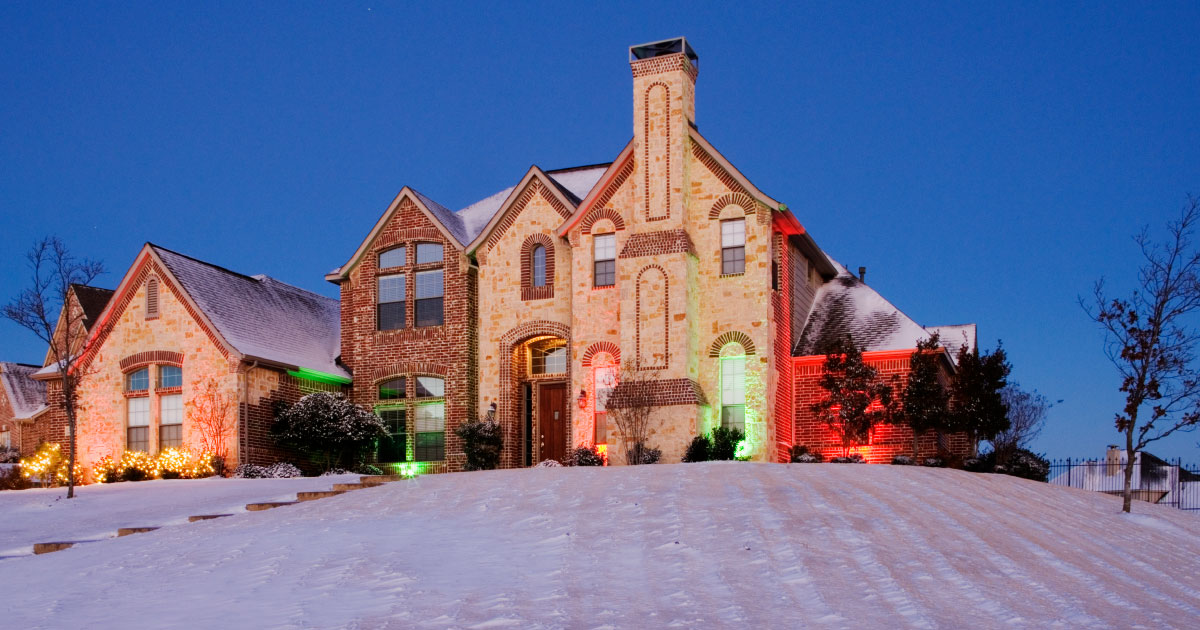As winter approaches, homeowners in communities governed by Homeowners’ Associations (HOAs) need to take proactive steps to protect their homes from the harsh elements. Winterizing your home not only ensures your comfort during the colder months but also helps maintain the aesthetic appeal of the neighborhood. In this guide, we’ll explore best practices tailored specifically for homeowners in HOAs, considering both community guidelines and individual needs.
Review HOA Guidelines
Before you start winterizing your home, it’s essential to review your HOA guidelines. Some associations may have specific rules regarding exterior modifications, including insulation, roofing, and landscaping. Make sure to comply with these rules to avoid any potential conflicts.
Inspect and Clean Gutters
Clogged gutters can lead to water damage and ice dams, especially during winter. Regularly inspect and clean your gutters to ensure proper water drainage. If your HOA allows, consider installing gutter guards to prevent debris buildup.
Exterior Maintenance
Check for any exterior damage, such as cracks or gaps in the walls, windows, or doors. Seal these openings with caulk or weatherstripping to prevent cold air from entering and warm air from escaping. This not only enhances energy efficiency but also contributes to a well-maintained neighborhood appearance.
Winterize Landscaping
Work with your HOA to plan and execute landscaping adjustments suitable for winter. This may include pruning trees and bushes, protecting delicate plants, and covering flower beds. Avoid using harsh chemicals that could be detrimental to the environment and adhere to any landscaping guidelines set by the HOA.
HVAC System Maintenance
Schedule a professional inspection of your heating, ventilation, and air conditioning (HVAC) system. Regular maintenance ensures optimal performance during the winter months. Additionally, replace air filters to improve indoor air quality and energy efficiency.
Protect Pipes
Frozen pipes can lead to costly damage. Insulate exposed pipes, especially in basements, attics, and crawl spaces. If your HOA permits, consider installing heat tape to prevent freezing. Communicate with neighbors to ensure a collective effort in preventing pipe-related issues.
Winterize Outdoor Amenities
If your community has outdoor amenities such as pools, tennis courts, or playgrounds, work with the HOA to ensure they are properly winterized. This may involve draining water features, covering equipment, and securing play areas to prevent damage.
Communication with Neighbors
Establish open communication channels with your neighbors. Share information about upcoming winterization efforts and encourage a collaborative approach to community-wide preparation. This can foster a sense of unity and shared responsibility within the neighborhood.
Emergency Preparedness
Create an emergency preparedness plan in case of severe winter weather. Share this plan with your family and neighbors, and ensure everyone is aware of emergency contact information and evacuation procedures, if necessary.
By following these best practices, homeowners in HOAs can navigate the winter season successfully while maintaining the overall integrity and appearance of their community. Collaboration, communication, and adherence to HOA guidelines are key components of a successful winterization strategy. Stay warm, stay safe, and contribute to the well-being of your neighborhood this winter!


